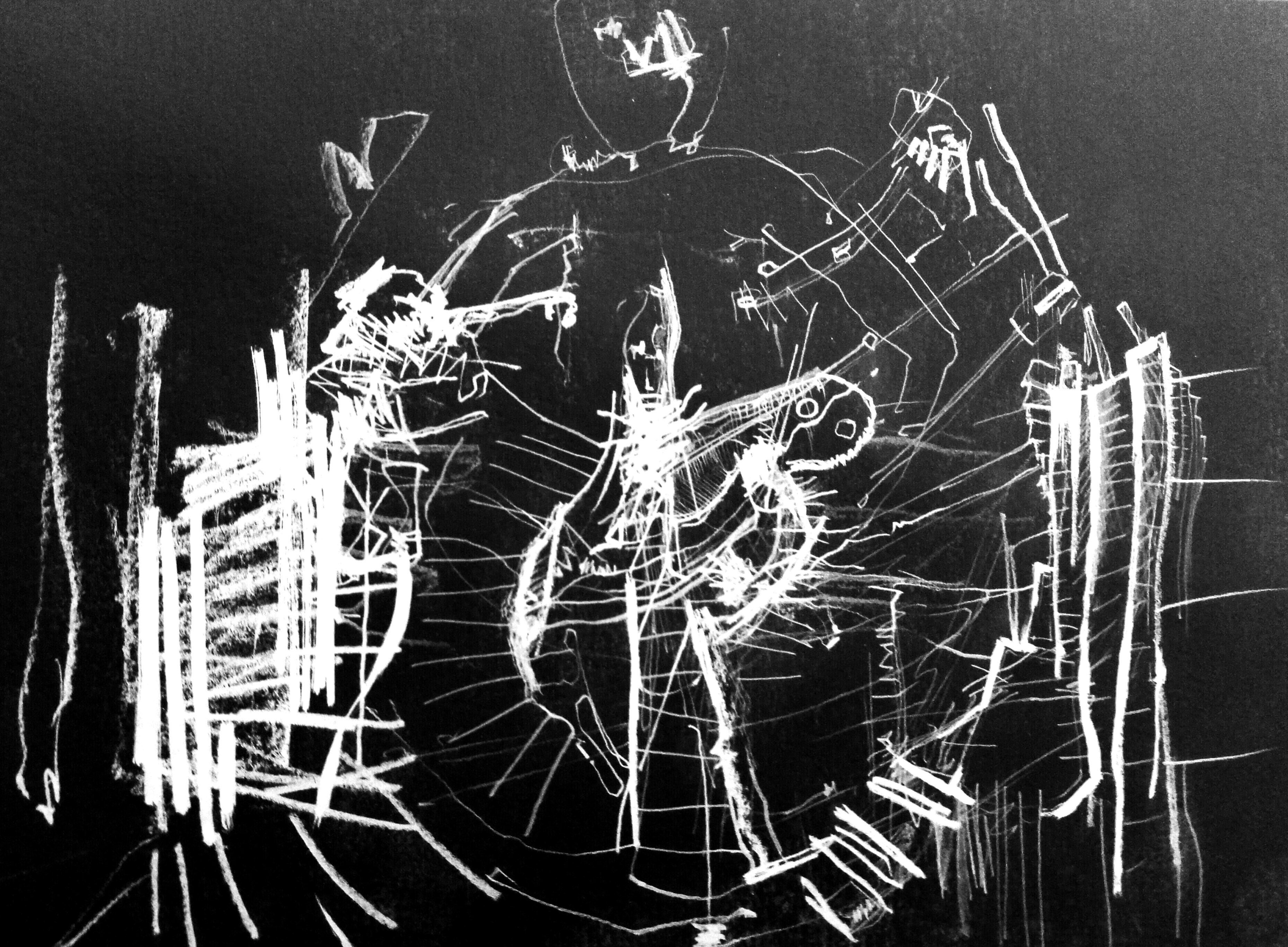Lahmacun Radio

21:16
CET
CET
Other Episodes from Eastern Daze (via Cashmere Radio)

#54 with Symposium Musicum
Play date: 2023. December 8th.
Warm Winters Ltd.
Play date: 2023. April 19th.
asvanyviz2
Play date: 2022. September 21st.
#42 The Very Polish Cut Outs
Play date: 2022. January 5th.
#38 Konakov – Most Darling Music Which Makes Me Want To Write Music
Play date: 2021. September 15th.
# 37 Umbra – Yeah
Play date: 2021. June 30th.
Cranky Bow: Welcome To My Crib
Play date: 2021. May 26th.
#34 with Amek x Vaagner
Play date: 2021. March 31st.
#33 with Klammklang
Play date: 2021. March 17th.
#32 Szűzmario’s metal mix
Play date: 2021. February 1st.
#31 Szara Reneta label special
Play date: 2021. January 13th.
